Krishna Images
Krishna Images -1
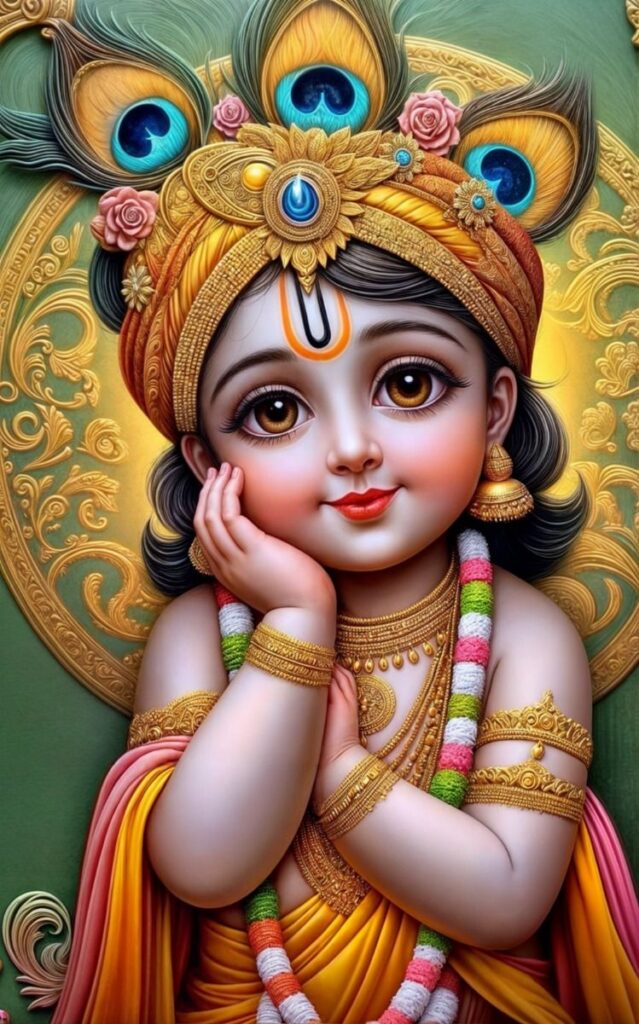
Krishna Images – 2
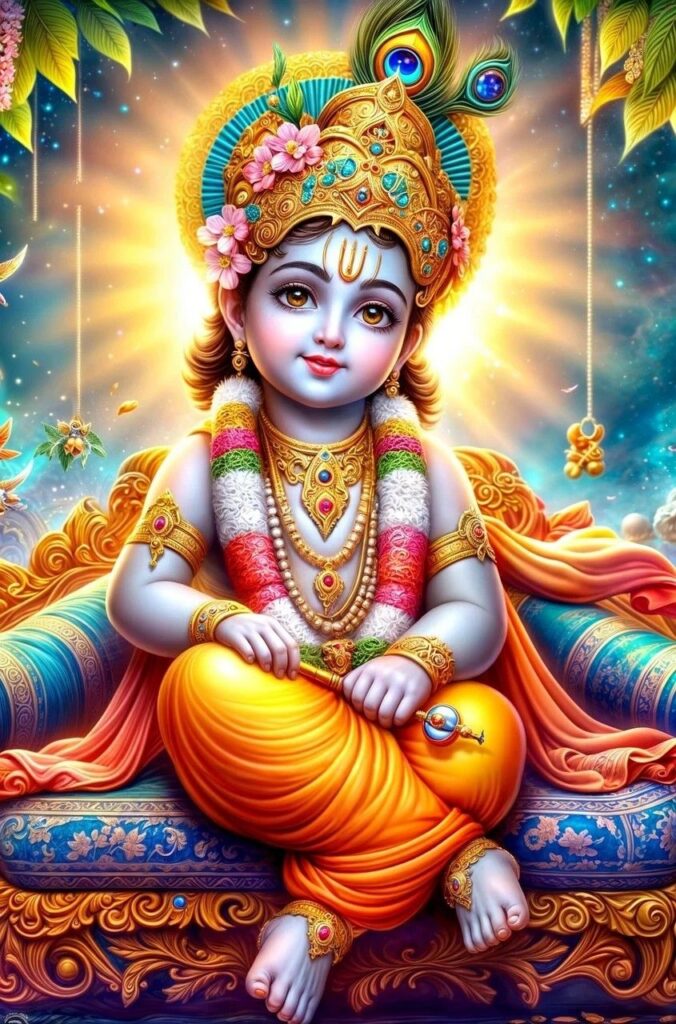
Krishna Images – 3
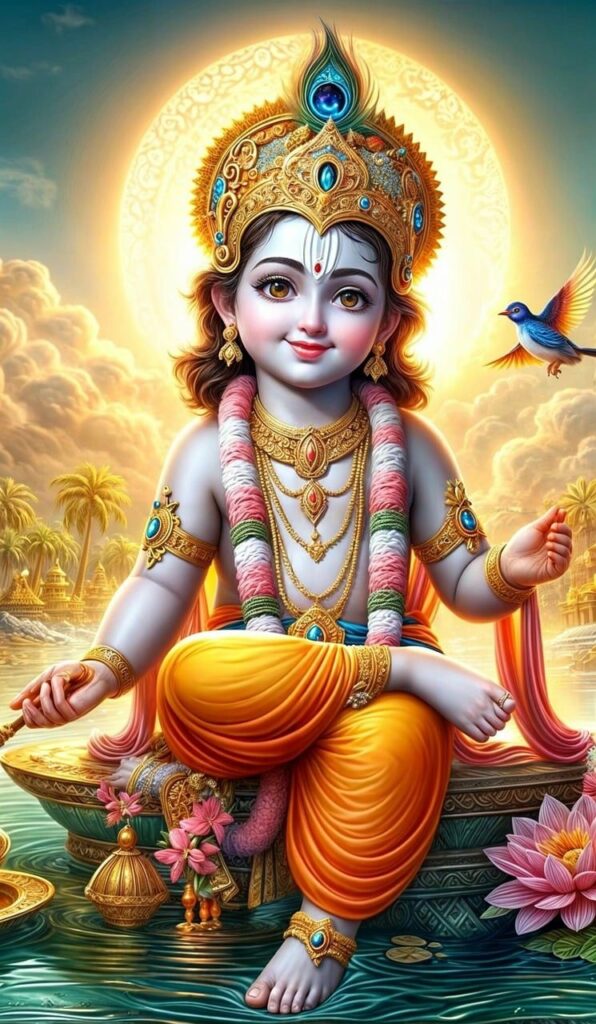
Krishna Images 4
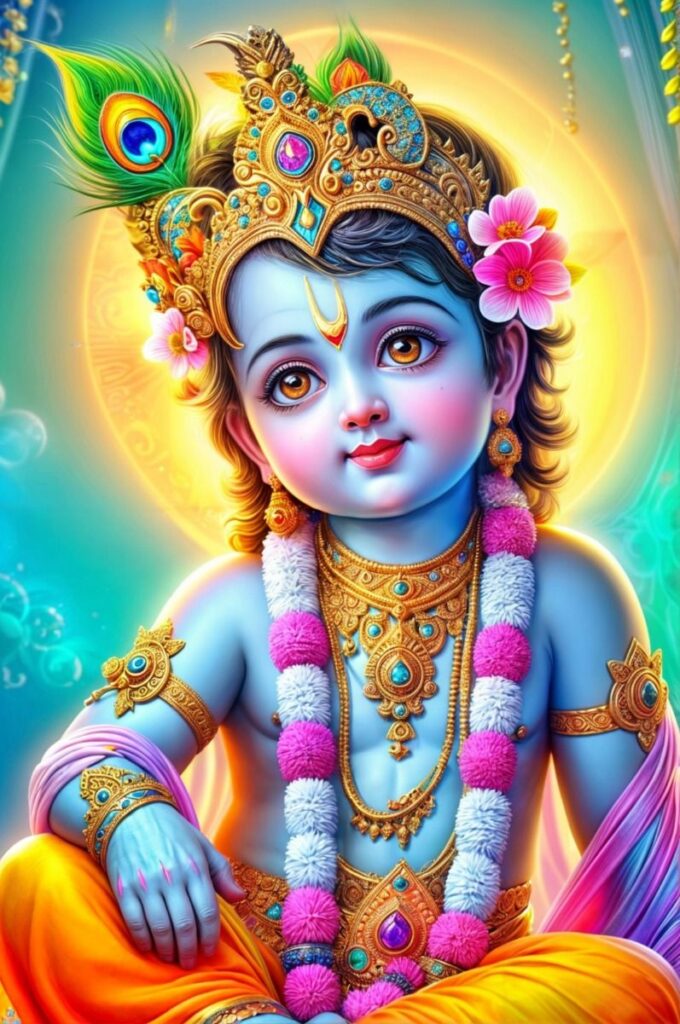
Krishna Images – 5
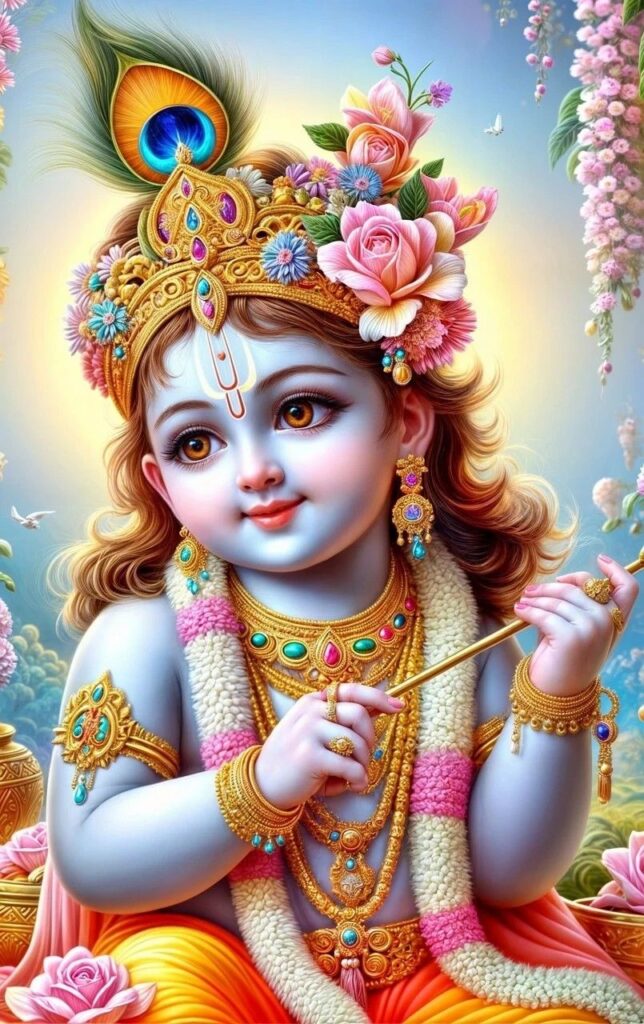
Krishna Images 6
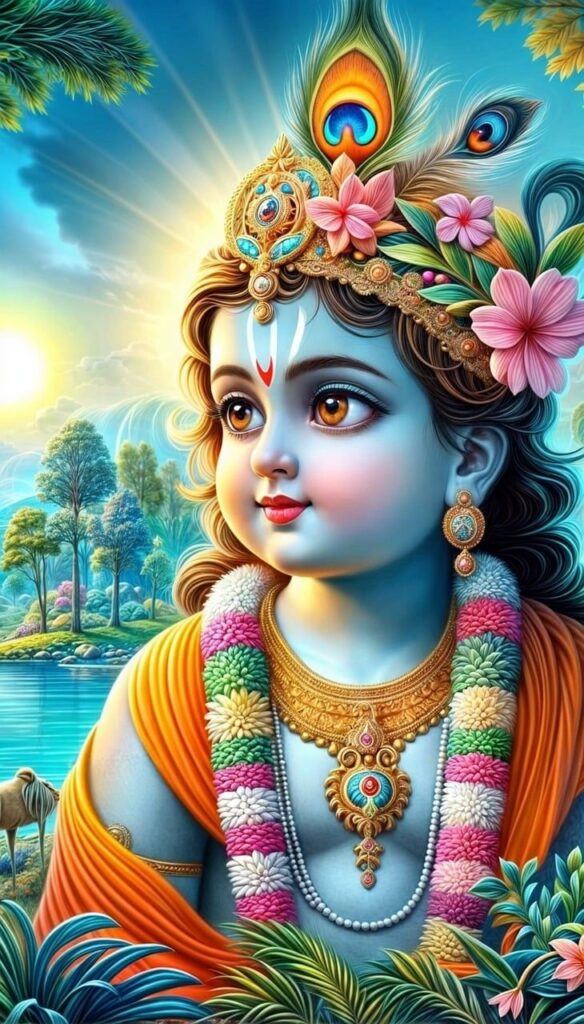
Krishna Images 7
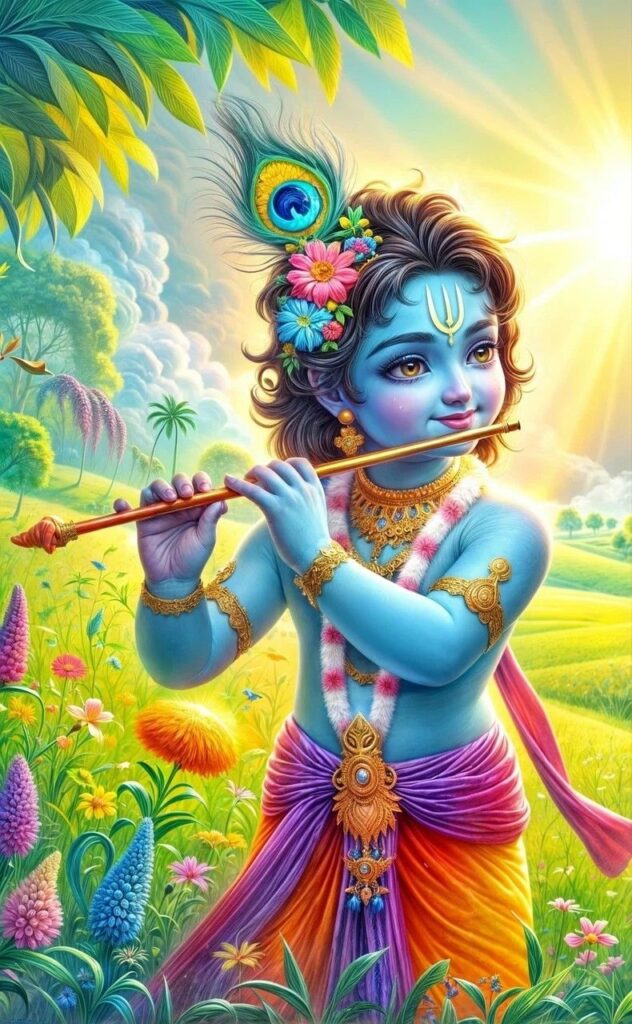
Krishna Images 8
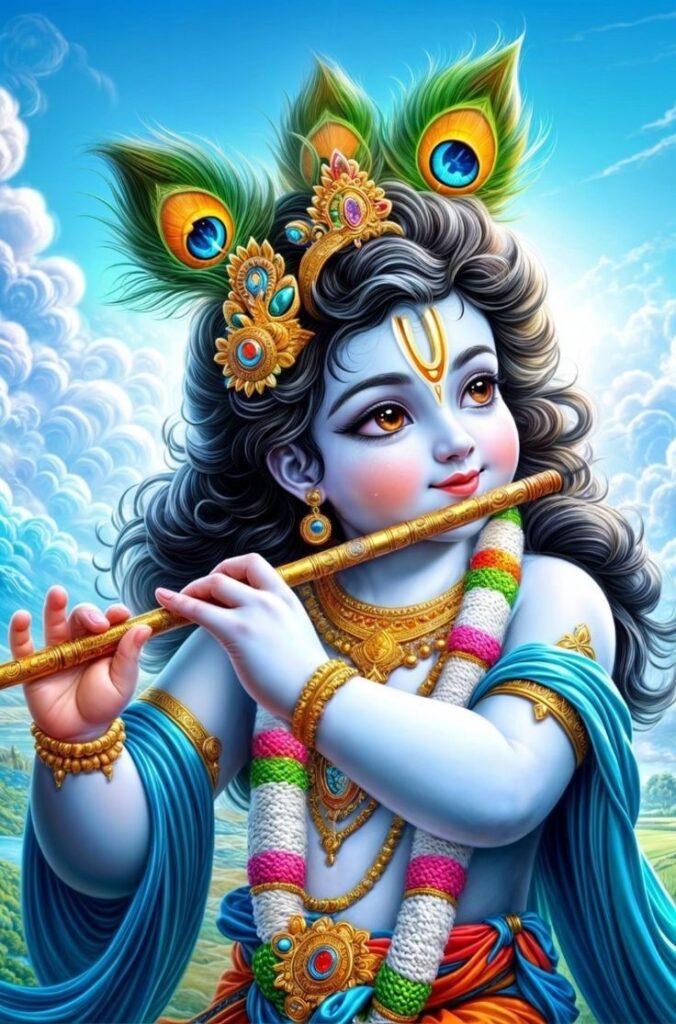
Krishna Images 9
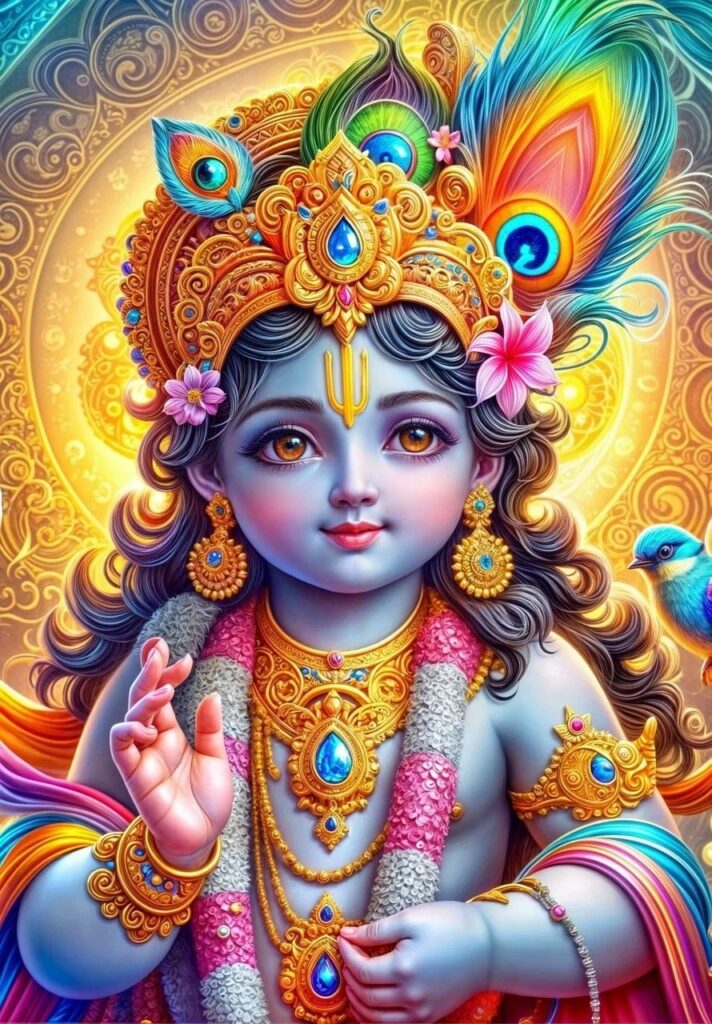
Krishna Images 10
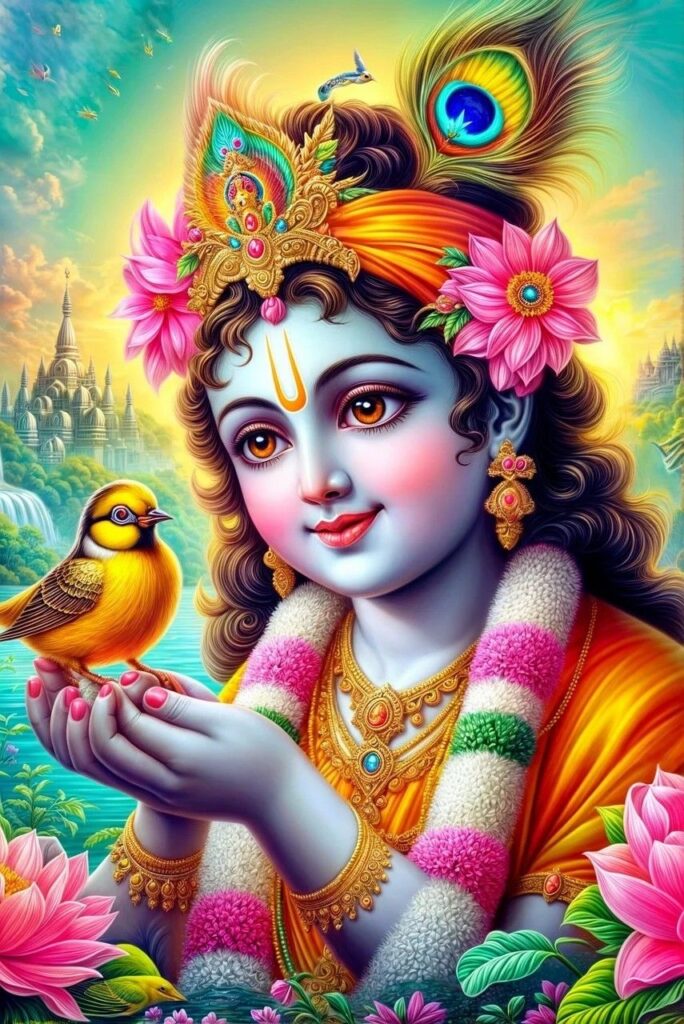
In the vast and diverse world of Hindu iconography, few images captivate the imagination and devotion of people quite like those of Lord Krishna. From ancient temples to modern homes, Krishna images adorn walls, shrines, and hearts, symbolizing not only divine beauty but also deep spiritual connection. The images of Krishna transcend artistic representations—they are visual depictions of love, compassion, wisdom, and the divine play (lila) that Krishna is renowned for.
In this comprehensive exploration, we will dive into the multifaceted significance of Krishna images, their role in devotion, art, culture, and how they have evolved over time. Additionally, we’ll touch upon how modern technology and digital media have transformed the accessibility and variety of Krishna images, making them available to devotees and art lovers worldwide.
Contents
- 1 The Timeless Appeal of Krishna Images
- 2 The Symbolism in Krishna Images
- 3 The Evolution of Krishna Images in Art
- 4 Krishna Images in Popular Culture
- 5 Digital Era: Krishna Images Online
- 6 The Role of Krishna Images in Devotion
- 7 The Diversity of Krishna Images
- 8 Conclusion: Krishna Images as a Living Tradition
The Timeless Appeal of Krishna Images
For centuries, Krishna images have held a special place in Hindu art, spirituality, and culture. Krishna, revered as the eighth avatar of Vishnu, is depicted in a multitude of forms, each reflecting a different aspect of his personality and divinity. The visual representations of Krishna range from playful to majestic, each carrying a profound meaning and evoking a distinct emotion.
Whether it’s the charming Bal Krishna (infant Krishna), the Muralidhar (Krishna playing the flute), or Vishwaroop (Krishna’s cosmic form), the diversity in Krishna images is vast and serves as a reminder of the many roles Krishna plays in the spiritual lives of his devotees.
The Symbolism in Krishna Images
Understanding the symbolism behind Krishna images is crucial to appreciating their significance. Each aspect of Krishna’s portrayal, from the colors used to the objects he holds, is laden with meaning.
Krishna’s Blue Skin
Perhaps the most striking feature of any Krishna image is his blue skin. This color is not arbitrary but carries deep spiritual significance. In Hindu philosophy, blue represents the infinite, the eternal, and the divine. Just as the sky and the ocean are vast and boundless, so is Krishna’s divine nature. His blue skin is a reminder of his omnipresence and his limitless capacity for love, compassion, and protection.
Krishna’s Flute
The flute is another iconic feature in Krishna images. The image of Krishna playing the flute (known as Venugopal or Muralidhar) symbolizes divine music that calls out to the soul. In Hindu devotional traditions, Krishna’s flute represents the call of the divine, inviting all beings to leave behind the material world and join in the dance of spiritual ecstasy. It is said that when Krishna plays his flute, the gopis (cowherd girls), animals, and even the trees are mesmerized, representing how all of nature is attuned to the divine sound.
The Peacock Feather
In most Krishna images, you’ll notice a peacock feather adorning his head. The peacock, a symbol of beauty, grace, and immortality, complements Krishna’s own qualities. The peacock feather also represents nature and the material world, which Krishna, in his role as the divine, transcends yet remains intimately connected to.
Krishna and the Cow
Krishna is often depicted alongside cows, a reflection of his upbringing in the pastoral community of Vrindavan. The cow, in Hinduism, is a sacred animal symbolizing abundance, fertility, and non-violence. Krishna’s association with cows signifies his role as the protector of dharma (righteousness) and nature. The image of Krishna as the Govardhan lifter, where he shields cows and villagers from torrential rain, further emphasizes this connection between the divine and the natural world.
Krishna’s Dance (Rasa Lila)
One of the most enchanting Krishna images is of him dancing with the gopis, an event known as the Rasa Lila. This circular dance, performed under the full moon, symbolizes the soul’s eternal dance with the divine. The image of Krishna multiplying himself to dance with each gopi is a representation of his omnipresence and his intimate relationship with each devotee. The Rasa Lila is also a metaphor for the cosmic dance of creation, preservation, and dissolution, with Krishna at its center.
The Evolution of Krishna Images in Art
Krishna has been a subject of artistic representation for thousands of years. His images can be found in temples, manuscripts, paintings, sculptures, and modern digital formats. Let’s explore the evolution of Krishna images through different periods of history and regions.
Ancient Sculptures and Temple Art
The earliest images of Krishna appear in ancient temple art and sculptures. These depictions are often seen in South Indian temples like those of Hampi, as well as in the ancient temple complexes of North India. Carved in stone, Krishna is portrayed in various forms—lifting the Govardhan mountain, playing the flute, or as the charioteer of Arjuna in the Mahabharata. These sculptures were not just decorative but served as focal points for devotion and meditation.
Miniature Paintings of Krishna
The Mughal and Rajput eras in India gave rise to a unique form of artistic expression: miniature paintings. Krishna became one of the central figures in this art form, with many paintings depicting scenes from his life, especially his childhood and his divine play with Radha and the gopis.
These miniature paintings are rich in color and detail, showcasing Krishna in vibrant hues, surrounded by lush landscapes, peacocks, and rivers. The Kangra and Pahari schools of painting, in particular, are known for their delicate portrayal of Krishna’s life, especially his romantic episodes with Radha, which symbolize the union of the human soul with the divine.
Modern Art and Krishna
In modern times, Krishna images have continued to inspire artists. Painters like Raja Ravi Varma have created iconic depictions of Krishna, blending Western artistic techniques with traditional Indian themes. Varma’s paintings of Krishna are celebrated for their realism and emotional depth, making the divine figure accessible to the common man.
In the 20th and 21st centuries, contemporary artists have reimagined Krishna in various abstract and modernist styles. These depictions often focus on Krishna’s universal appeal, portraying him as a symbol of love, peace, and spiritual freedom.
Krishna Images in Popular Culture
Krishna’s image is not confined to temples and traditional art anymore. His depictions have permeated popular culture in various forms. From Bollywood movies to television series, Krishna’s stories and images are a constant source of inspiration.
The Mahabharata and Krishna Leela have been adapted numerous times for the screen, bringing the divine imagery into homes across India and the world. In these adaptations, Krishna is often depicted as a guiding force, offering wisdom, counsel, and compassion to those in need. The visual portrayal of Krishna in these media has become an integral part of Indian popular culture.
Krishna in Festivals and Celebrations
Festivals like Janmashtami, which celebrates Krishna’s birth, are a time when Krishna images take center stage. Homes and temples are adorned with images of Bal Krishna, often depicted in a cradle, symbolizing his divine birth. Devotees dress up children as Krishna, recreating scenes from his childhood, such as stealing butter or playing with his friends.
These festivals also see a proliferation of Krishna images in the form of toys, idols, and decorations. From clay idols to elaborate silver and gold figurines, Krishna’s image is recreated in countless forms during this festive season.
Digital Era: Krishna Images Online
With the advent of the internet and digital media, Krishna images have become more accessible than ever. A simple search for “Krishna images” online yields thousands of results—paintings, digital art, photographs of idols, and much more. Social media platforms like Instagram, Pinterest, and Facebook have become hubs for sharing Krishna-related content, with devotees and artists from all over the world contributing to a growing digital repository of Krishna images.
This digital age has also led to the creation of innovative Krishna images that merge traditional iconography with modern technology. Digital artists now use tools like Photoshop and graphic design software to create stunning Krishna art that resonates with younger generations. These images, often shared widely during festivals and special occasions, help keep the tradition alive in the modern world.
The Role of Krishna Images in Devotion
For devotees, Krishna images are not just artistic representations; they are windows to the divine. These images serve as a focal point for meditation, prayer, and worship. Whether it is a grand idol in a temple or a simple photograph on a household altar, Krishna’s image brings a sense of peace, devotion, and connection to the divine.
In Bhakti Yoga, the path of devotion, Krishna images play a crucial role. The devotee sees Krishna not just as a deity but as a friend, a lover, and a guide. The practice of gazing upon Krishna’s image (darshan) is considered an act of devotion, where the devotee opens their heart to Krishna’s divine presence.
The Diversity of Krishna Images
Krishna’s universal appeal is reflected in the diversity of his images across regions, cultures, and traditions. While Krishna is often depicted in traditional Hindu art, he is also embraced in other forms of spirituality. His image can be found in the temples of ISKCON (International Society for Krishna Consciousness), where Krishna is depicted alongside his consort Radha, emphasizing the role of love and devotion in spirituality.
The diversity of Krishna images also reflects the many facets of his personality. As Bal Krishna, he is the playful child stealing butter. As Muralidhar, he is the divine lover playing the flute. As Govardhan, he is the protector of the world. And as Vishwaroop, he reveals his cosmic form, reminding us of the vastness and power of the divine.
Conclusion: Krishna Images as a Living Tradition
Krishna images, with their vibrant colors, rich symbolism, and deep spiritual significance, continue to inspire generations of devotees and artists alike. Whether seen in ancient temples, modern art galleries, or shared across social media platforms, these images serve as a constant reminder of Krishna’s presence in our lives.
From the playful antics of child Krishna to the profound teachings of the Bhagavad Gita, Krishna’s image embodies the essence of the divine, bringing joy, wisdom, and love into the hearts of millions. As a living tradition, Krishna images continue to evolve, adapting to new mediums and reaching new audiences, but their core message remains the same—Krishna is the eternal guide, the lover of souls, and the embodiment of divine beauty.
In today’s world, Krishna images not only serve as religious symbols but also as cultural touchstones, bringing together art, devotion, and spirituality in a way that transcends time and space. Whether in the form of a traditional painting, a modern digital artwork, or a simple statue on a home altar, Krishna’s image remains a powerful symbol of the eternal connection between the human and the divine.
